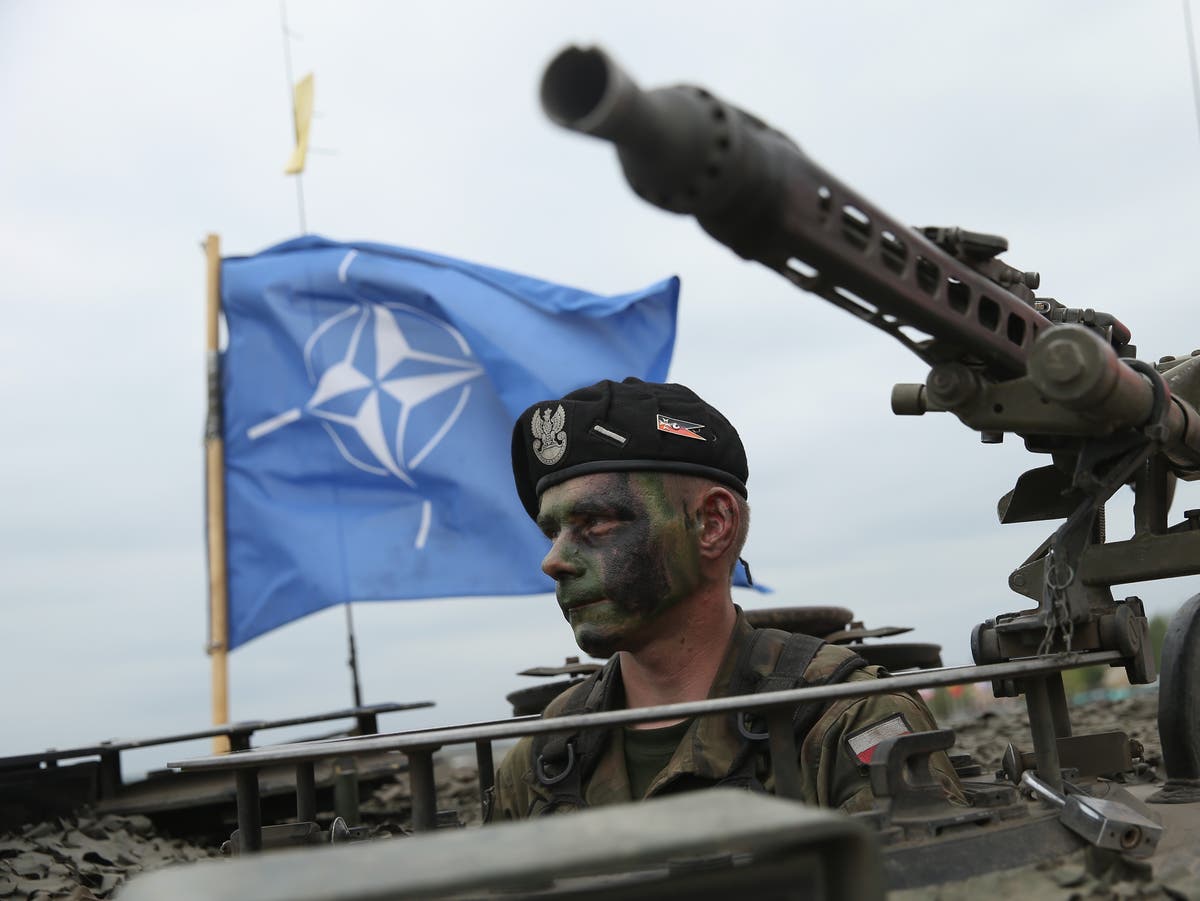World
Europe’s Natural Gas Prices Rise as Russian Flows via Ukraine Cease | OilPrice.com

Europe’s benchmark natural gas prices rose on the first trading day for 2025 on Thursday, a day after Russian flows to Europe via Ukraine stopped after decades of pipeline deliveries through the route.
Dutch TTF Natural Gas Futures, the benchmark for Europe’s gas trading, surged in Amsterdam by as much as 4% in early trade on Thursday, before giving up some gains and rising by 1% as of 10:00 a.m. Amsterdam time.
On December 31, the gas supply deal for Russian gas to Europe transiting Ukraine expired and deliveries stopped on January 1, after Ukraine said it would not pursue an extension of the transit agreement.
At 0500 GMT on New Year’s Day, Russian gas giant Gazprom halted pipeline deliveries, and the last remaining EU members that were still receiving gas from Russia until December 31 – Austria, Slovakia, and Hungary – lost this source of supply.
Hungary will continue to receive Russian gas via the TurkStream gas pipeline via Turkey and the Balkans, while Austria and Slovakia have arranged to have natural gas from other sources supplied.
Moldova’s breakaway region of Transnistria cut off the supply of heating and hot water to households after Russia suspended the transit of natural gas via Ukraine at the start of the year.
Moldova is trying to cut its energy consumption by at least 33% to cope with the end of gas deliveries from Russia. For the country, the only alternative to these are imports from neighboring Romania and, per plans, local wind and solar.
The end of the Russian gas supply to central Europe via Ukraine coincided with Western Europe bracing itself for what is expected to be later this week the coldest snap so far this winter.
Temperatures in the big European capitals London, Berlin, and Paris are all expected to plummet below freezing and below the average for the past 30 years, according to weather forecasts cited by Bloomberg.
By Tsvetana Paraskova for Oilprice.com










